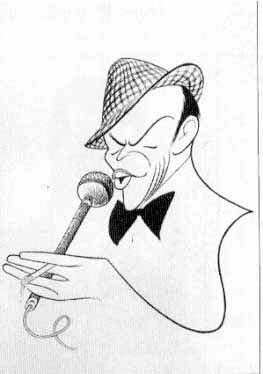@smcder
I am I believe making two moves. They are perhaps subtle ( or confusing ) but they are crucial. ( I don’t know which move to make first, or explain first. You can help me there. )
The mbp is the problem of how two apparent things, the mind and the body are related. Not only do there seem to be two things, mind and body, they seem to be radically different.
One move is to say that they are in fact one thing, and that they only seem to be two radically different things.
How can we make this move?
I think we can do this by recognizing the layering of consciousness in its development from awareness and affectivity in prereflective consciousness toward degrees of reflective consciousness in which living, embodied, beings, animal or human, gradually make 'sense' {
informative meaning} out of their prereflectively grounded experience in the world. And because inborn 'instincts' go only so far in enabling young animals to escape being eaten in infancy we see over the evolution of species the increasing teaching and modeling of behavior by the parents. The young, as any of us know from our child-rearing experience, do not automatically sense the dangers in their environing worlds, or indeed know how to find the sources of nutrition they need to survive. The birds, the squirrels, the rabbits, the bears, et al illustrate all of this in widely-observed detail, the parents demonstrating by their own reactions and behaviors which other birds and animals to fear and hide from, and what various sounds and signals signify, e.g., which bird calls signal the terror of an approaching predator, and which calls and songs are the expressions of their own tribe, and how to communicate with them in turn.
. . . how can we say that mind and body are the same thing?
It has to do with the nature of the mind. The mind IS knowing/perceiving. It is the means with which we know and perceive. So the second move is to understand that the mbp is the problem of the process of knowing/perceiving, knowing/perceiving itself.
How can they be the same? Because its a self-referential relationship.
Because knowing/perceiving is fundamentally a subjective process.
Just a cautionary objection that even in prereflection an animal's consciousness is aware of more than itself --i.e., in its
awareness and affectivity the animal tacitly knows the self-referentiality of its own experiences, and It is aware simultaneously of the environing world in which it is embedded. I say this, obviously, to challenge the notion that the animal operates out of a 'self-model' existing in its neurons, neural nets, brain as a whole. The reality of the tangible environing world impinges on the living creature bodily as well as mentally in its first inchoate sensing of the things and qualities that touch it, the pleasures, comforts, and risks presented to it within its immediate situation.
I am enjoying your ruminations around the MPB, especially your thinking of a rabbit's 'subjective process' of knowing and perceiving'. You might like this poem by Stevens then. I like the way it evokes for us a sense of the inner awareness of a rabbit, its sensing both of what it must fear during daylight, when all is visible, and of the relief that comes to it in the protective darkness of nightfall, providing a feeling of transcendent release.
A Rabbit as King of the Ghosts
BY WALLACE STEVENS
"The difficulty to think at the end of day,
When the shapeless shadow covers the sun
And nothing is left except light on your fur—
There was the cat slopping its milk all day,
Fat cat, red tongue, green mind, white milk
And August the most peaceful month.
To be, in the grass, in the peacefullest time,
Without that monument of cat,
The cat forgotten in the moon;
And to feel that the light is a rabbit-light,
In which everything is meant for you
And nothing need be explained;
Then there is nothing to think of. It comes of itself;
And east rushes west and west rushes down,
No matter. The grass is full
And full of yourself. The trees around are for you,
The whole of the wideness of night is for you,
A self that touches all edges,
You become a self that fills the four corners of night.
The red cat hides away in the fur-light
And there you are humped high, humped up,
You are humped higher and higher, black as stone—
You sit with your head like a carving in space
And the little green cat is a bug in the grass."
Wallace Stevens, “A Rabbit as the King of Ghosts” from
Collected Poems. Copyright 1954 by Wallace Stevens and copyright renewed 1982 by Holly Stevens. Used by permission of Alfred A. Knopf, an imprint of the Knopf Doubleday Publishing Group, a division of Penguin Random House LLC. All rights reserved.
Source:
The Collected Poems of Wallace Stevens (Alfred A. Knopf, 1990)
Read Issue



